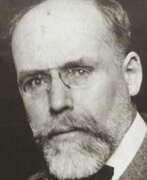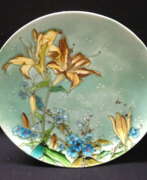Glass blowers 19th century
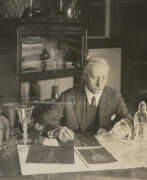

Frederick Carder was an English-born artist and designer who is best known for his work in glassmaking and his role in co-founding the Steuben Glass Works in the United States. He was a prominent figure in the American art glass movement and made significant contributions to the field.
In 1903, Carder immigrated to the United States and eventually settled in Corning, New York. In collaboration with Thomas G. Hawkes, he co-founded the Steuben Glass Works in 1903. Carder served as the artistic director and chief designer of Steuben for several decades. Under his guidance, Steuben became renowned for producing high-quality art glass known for its elegance, craftsmanship, and innovative designs.
Carder experimented with various glass-making techniques and was skilled in creating a wide range of glass objects, including vases, bowls, lamps, and tableware. His designs showcased a diverse range of styles, from delicate and intricate Art Nouveau-inspired pieces to bold and modern Art Deco designs. Carder's work often featured vibrant colors, intricate patterns, and intricate glass techniques such as iridizing and acid etching
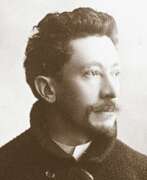

Emile Gallé was a French artist and designer who worked in glass, and is considered to be one of the major innovators in the French Art Nouveau movement. He was noted for his designs of Art Nouveau glass art and Art Nouveau furniture, and was a founder of the École de Nancy or Nancy School, a movement of design in the city of Nancy, France.
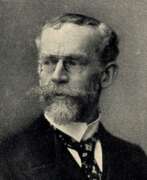

Karl Köpping was a German painter and engraver. He also designed objects of art made of twisted glass.
He mainly created etchings after the well-known works of the past centuries, especially by Rembrandt, but also Hals, Gainsborough or Munkácsy. He also designed Art Nouveau art objects made of coiled glass.
He was awarded the Order of the Legion of Honour and the First Class Medal of the Munich Art Exhibition, as well as the Grand Prix of the Paris World's Fair in 1889.
